Use of COTS in Space missions at SENER Aeroespacial: lessons learned, main challenges and future opportunities
- Posted by Sofia R. Martin
- On December 3, 2019
- 0
Agenda
- Overview SENER Aeroespacial
- COTS Heritage in Defence Applications
- COTS in Space Missions: Motivation, where we are and main challenges
- Future Opportunities
- Conclusions
1- Overview SENER Aeroespacial
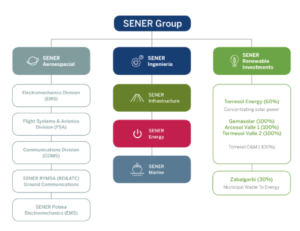 SENER’s activities in Aerospace start in 1967
SENER’s activities in Aerospace start in 1967- SENER was the first private Spanish company to win a contract with ESA (formerly ESRO)
- Since 2019, SENER Aerospacial is an independent company within SENER group, encompassing the defence and space business units
- SENER Aeroespacial now includes the companies formerly known as TRYO and RYMSA
2- COTS Heritage in Defence Applications
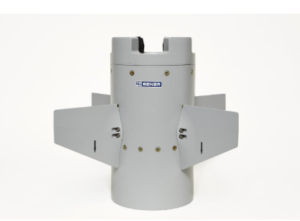 High reliability market with service life for electronics around 25 years.
High reliability market with service life for electronics around 25 years.- Combination of MIL qualified components and COTS.
- Component manufacturing process controlled by PCN (Part change notice) and obsolescence systems.
- Design methodology for high-rel using COTS encompassing derating and incorporating design margins.
- Experience of using high density package (BGA, leadless, etc.) and achieving high-rel soldering assemblies.
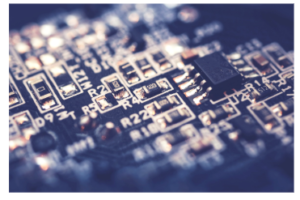 SENER’s heritage in production of electronics for Defence is being brought into Space applications (processor and driving & control).
SENER’s heritage in production of electronics for Defence is being brought into Space applications (processor and driving & control).- High reliability depends not only on the component package but also on the assembly process.
- Know-how and personnel is shared by Defence and Space in SENER.
3- COTS in Space Missions – Motivation

STATE-OF-THE-ART DEVICES
COTS are mission enablers due to performance, availability and lower lead times. Development kits and samples readily available.

LOWER UP-FRONT PURCHASE COST
Non-LSIs like SENER need to reduce recurrent unit cost to have the possibility to offer products in competition with Large Space companies in the new space market.

DISRUPTIVE NEW CUSTOMERS
Who have arrived to the Space Industry, profit-oriented, and challenging the space market to reduce the cost of satellites and launch vehicles.

EVOLUTION AND CONTROL
Of the commercial components manufacturing processes have improved considerably, resulting in COTS with high reliability figures.
3- COTS in Space Missions – Where we are
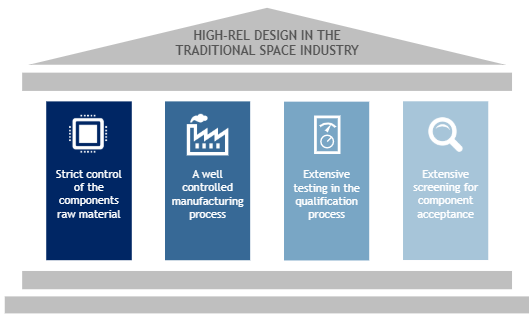 The way to support these pillars is based on standards for components selection and reliability calculations that were initially developed during the 1990s
The way to support these pillars is based on standards for components selection and reliability calculations that were initially developed during the 1990s
-
-
- MIL-HDBK-217F, the primary source for reliability prediction calculations was last updated in 1995.
- The technology and manufacturing processes have improved considerably in the last 30 years (automatic / semiautomatic).
- Successful evolution of component selection in other high-reliability markets like Automotive and Defence → New methods for reliability prediction are needed.
-
These pillars are still valid!
Space missions incorporating COTS must have good reliability figures.
However, the extensive post-manufacturing tests & screening can drive up the procurement cost considerably:

- Deep understanding and monitoring of pillars 1-3 (raw material, manufacturing process, qualification) → Reliable components
- Robust component selection & design practices → Reliable designs
- Appropriate assembly & inspection techniques → Reliable assemblies
- Obsolescence monitoring → Design maintainability and reuse
 SENER is currently working with AVIO in NAVIGA for the development of a new Navigation Equipment (VNE) to be used in the VEGA-C Launch Vehicle.
SENER is currently working with AVIO in NAVIGA for the development of a new Navigation Equipment (VNE) to be used in the VEGA-C Launch Vehicle.- One of challenges is the procurement cost reduction → Use of COTS whenever possible.
- However the project requirements make if difficult to use COTS (or even ‘Space COTS’!)
- Most Space COTS→ 20krad TID , 43 MeV·cm2/mg SEL (designed to survive 5 years in LEO)
- Project requirement → device characterisation up to 60 MeV·cm2/mg SEL.
- 60 MeV·cm2/mg → immune to SEL. Is 43 MeV·cm2/mg sufficient?
- In most cases there is a need to perform additional testing (e.g. to cover the radiation gaps)
- Frequent lack of cooperation from the manufacturer to assist in extra tests/screenings.
3- COTS in Space Missions – Main Challenges
- Wide range of COTS → Military, Space COTS, Automotive, Industrial…
- Space COTS → Usually preferred, but very limited range. Rad tolerant devices, 50X more expensive than Automotive. No unified standard.
- Automotive COTS → Lack of radiation & reliability data for Space applications. RoHS compliant → Often with pure tin finish → Whisker concern
- Companies testing COTS for radiation don’t share test reports → Competitive advantage
- Limited cooperation from COTS manufacturers to assist in further testing/up-screening
- NRC costs → MOQs, up-screening, etc.
- COTS Obsolescence has to be managed carefully.
- EEE Manufacturers & Suppliers reluctant to offer COTS for Space, if ECSS Class 1 is available.
3- COTS in Space Missions – Lessons learned from Defence
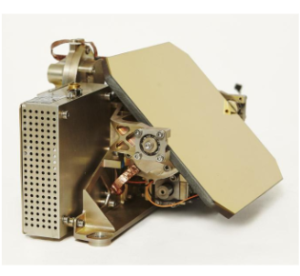 Military standards deal with issues associated with pure tin plating and whisker growth, offering mitigation techniques.
Military standards deal with issues associated with pure tin plating and whisker growth, offering mitigation techniques.- Use of new methods for reliability calculation, more suitable for COTS based designs, as an alternative to MIL-HDBK-217F.
- Experience using enhanced plastic packages, initially developed for harsh environments and now being launched for Space applications.
- Implementation of obsolescence management systems for COTS in defence projects.
4- Future Opportunities for COTS in Space
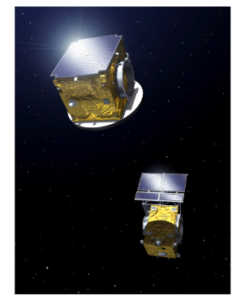 Possibility to offer competitive recurrent prices
Possibility to offer competitive recurrent prices
- Low orbit, short duration missions
- Missions with high degree of recurrence
- Access to new markets (constellations) and approaches (New Space)
- State-of-the-art designs
- Transposition of already proven designs from Defence into Space projects and vice versa
5- Conclusions
- COTS are mission enablers → Performance, cost, availability
- Allow for a greater degree of collaboration across different markets → Proven designs
- New methods are needed for COTS reliability calculation → Focusing not only at component level, but also on system design, assembly techniques, operating environment…
- Obsolescence management is key


0 comments on Use of COTS in Space missions at SENER Aeroespacial: lessons learned, main challenges and future opportunities